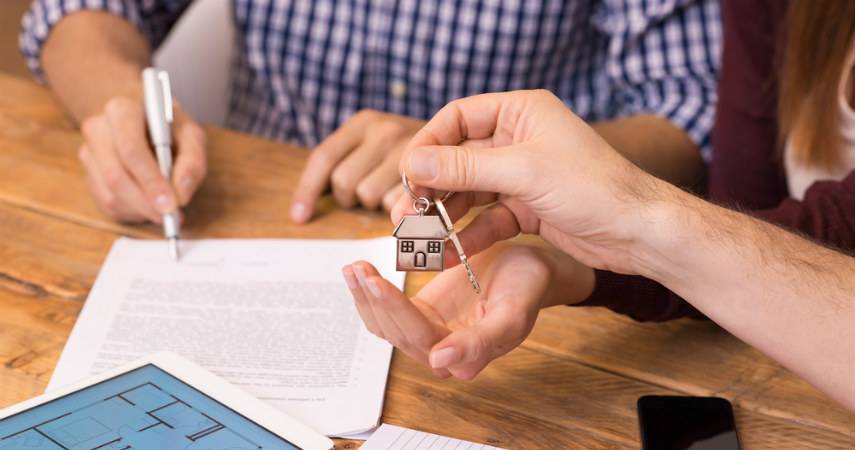We discuss everything you need to know about the rectification deed below.
When does the need to create a rectification deed arises?
Property documents contain different types of information including letters and numbers. If at any point of signing the contract, the buyer or the seller comes across any mistake- no matter how big or small- shall be immediately corrected. One way of getting the mistake corrected is by drawing a rectification deed. The mistakes that can be corrected in rectification deed are spelling mistakes, typing errors, error in the property description. The rectification deed can also be created to add or edit the information in the main deed. This should be done without changing the original legal framework of the document in the manner that neither party’s interest undergoes any change.
Errors that can be corrected in rectification deed?
Only factual errors in the property documents could be nullified by creating the rectification deed. Rectification deed cannot be drawn to correct the legal mistake. The basic nature of the deed cannot be changed as well.
Conditions for creating a rectification deed
The main condition for drawing a rectification deed is that the mistake in the original document should be inadvertent and all parties involved in the contract should agree upon the proposed change.
Other names for the rectification deed
Recognized under Section 17 of Indian registration Act, 1908, rectification deed is also known as a deed of confirmation, supplementary deed and amendment deed.
Charges involved in creating a rectification deed
The parties involved have to get the rectification deed registered if the original document was registered. With the minimal amount of Rs 100, one can get the rectification deed registered as well. However, if the correction in the rectification deed pertains to correction in the area, then stamp duty may differ and more money could have to be paid.
Time limit
There is no time limit as to until when either of the party can get the mistake corrected. However, for the sake of the benefit of oneself, the party must get the mistake corrected as soon as possible. The longer the wait, the difficult it will be to get the mistake corrected.
What if other party does not consent to changes in the rectification deed?
If one party does not agree with the changes made in the rectification deed then they can file a suit and move to court under Section 26(a) of the Special Relief Act, 1963. The section states that if the correction in the rectification deed does not express the real intention of the other party, then either party may approach the legal discourse.
Process of creating a rectification deed
After the parties involved have reached a verbal consent, they must appear in the office of the sub-registrar to draw the rectification deed and get it registered along with the documents supporting the changes. If the corrections in the rectification deed are major, then the witness will also have to appear at the time of drawing the rectification deed.







